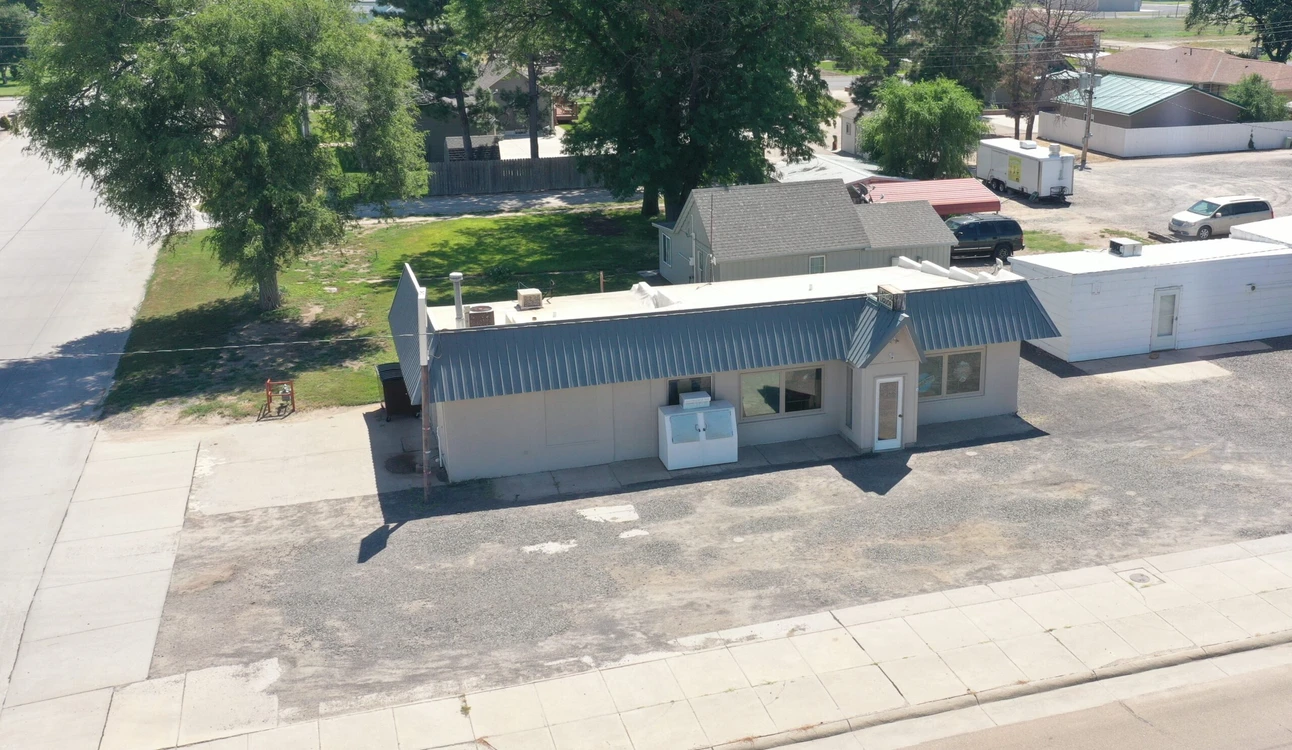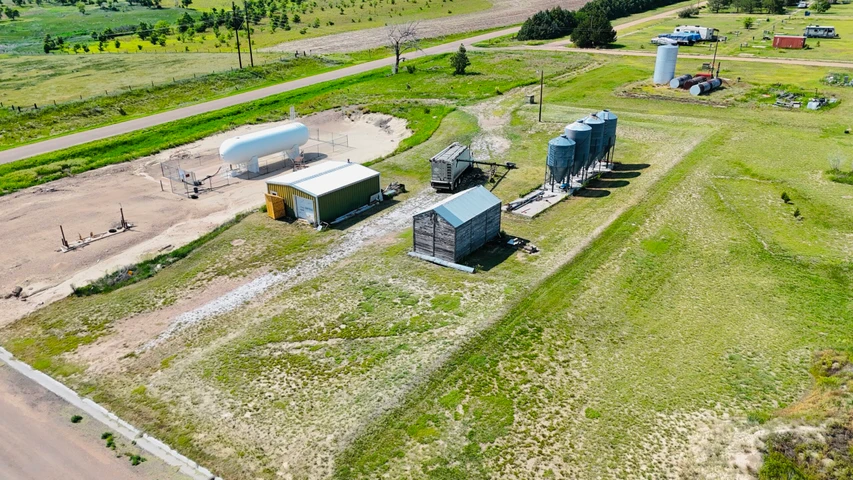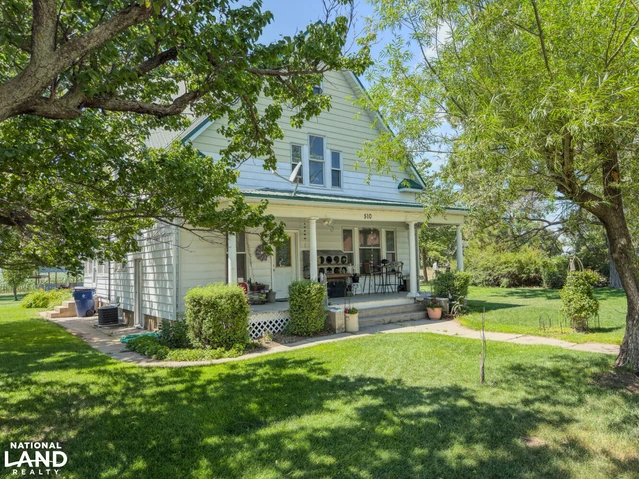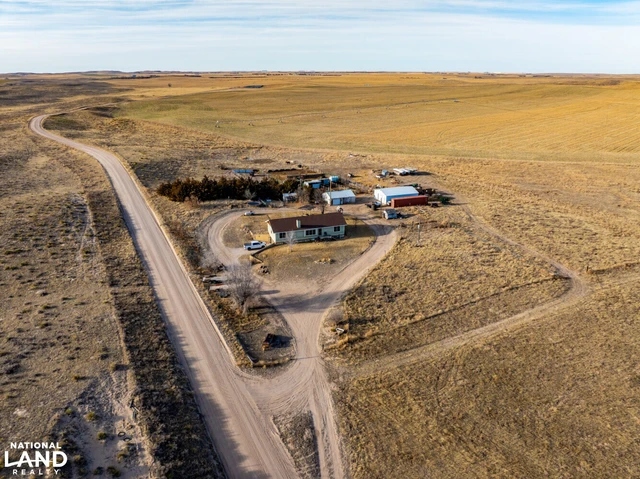
1146 Broadway St
1146 Broadway, Imperial, NE | Lat/Lng: 40.5231, -101.6428
$300,000
0.08 ac.
08/01/2025
ACTIVE
Description
Here's your chance to own a well-established, income-producing liquor store in the heart of Imperial, Nebraskaa close-knit, rural community in beautiful southwestern Nebraska. Conveniently located just off Highway 6, this business enjoys excellent visibility and accessibility for both loyal local customers and pass-through traffic.
Improvements
Operating successfully for many years, this 1,300 sq. ft. property is a staple in the community and offers a reliable stream of income. The sale includes the real estate and fixtures, making this a turn-key operation ready for immediate transition.
Highlights:
Prime, high-traffic location on Highway 6
Consistent revenue and established customer base
Includes retail coolers, shelving, and more
Clean, well-maintained building with storage and workroom space
Long history of solid financial performance
Financial records are available to qualified buyers with a letter of credit from their financial institution and a signed non-disclosure agreement (NDA).
This is a great opportunity for anyone looking to invest in a stable, small-town business or expand their portfolio with a proven, income-generating property.
Contact us today to learn more or schedule a private showing.
Recreation
Southwest Nebraska offers a diverse range of recreational opportunities for outdoor enthusiasts. The region is known for its excellent walk-in hunting access, providing public entry to prime private lands for upland game, deer, and waterfowl hunting. Upland hunting is especially popular here, with pheasant, quail, and prairie chickens abundant in native grasslands. Big game hunters can pursue white-tailed and mule deer in the area's rolling hills and river corridors. Waterfowl hunters enjoy rich opportunities along the Platte and Republican Rivers and numerous reservoirs. Lake McConaughy, often referred to as Lake Mac, is the state's largest reservoir and a hotspot for fishing, boating, camping, and water sports. Enders State Recreation Area also offers quality fishing, camping, and wildlife viewing in a scenic setting. Whether you're looking to hunt, fish, or simply explore the natural beauty of Nebraska's prairie landscape, southwest Nebraska delivers rewarding, year-round outdoor experiences.
Region & Climate
Chase County, Nebraska is located in the southwestern part of the state, within the High Plains region. The county features gently rolling hills and flat expanses of farmland, with an elevation ranging from about 3,200 to 3,600 feet above sea level.
The climate is semi-arid, with hot summers and cold winters. Average high temperatures in July typically reach around 8992F, while January lows can dip to about 1215F.
Annual precipitation is relatively low, averaging around 17 to 20 inches per year, with the majority falling during the late spring and summer months. Snowfall in winter is common but generally moderate. This dry climate, combined with the elevation and prairie terrain, defines the agricultural and natural character of the region.
History
Chase County, located in southwestern Nebraska, was officially established in 1873 and named after U.S. Treasury Secretary Salmon P. Chase. However, the area remained largely unpopulated until the 1880s, when the expansion of the railroad and the promise of homesteading opportunities drew settlers to the region.
Imperial, the county seat of Chase County, was founded in 1885. It quickly grew as a hub for local agriculture, supported by the fertile plains and the advent of irrigation systems. The arrival of the Chicago, Burlington & Quincy Railroad in the late 19th century played a crucial role in the county's development, enabling farmers to transport their goods to broader markets.
Agricultureparticularly corn, wheat, and cattle ranchinghas long been the economic backbone of Chase County. Over time, conservation efforts and modern farming techniques have helped sustain the region's productivity despite its semi-arid climate. Today, Imperial remains a small but vibrant community, serving as a center of commerce, education, and local culture for the surrounding rural areas.
Details
County: Chase
Zipcode: 69033
Property Type One: Commercial Property
Brokerage: Hayden Outdoors
Brokerage Link: https://www.haydenoutdoors.com/agents/melisa-owens/
Nearby Listings
















